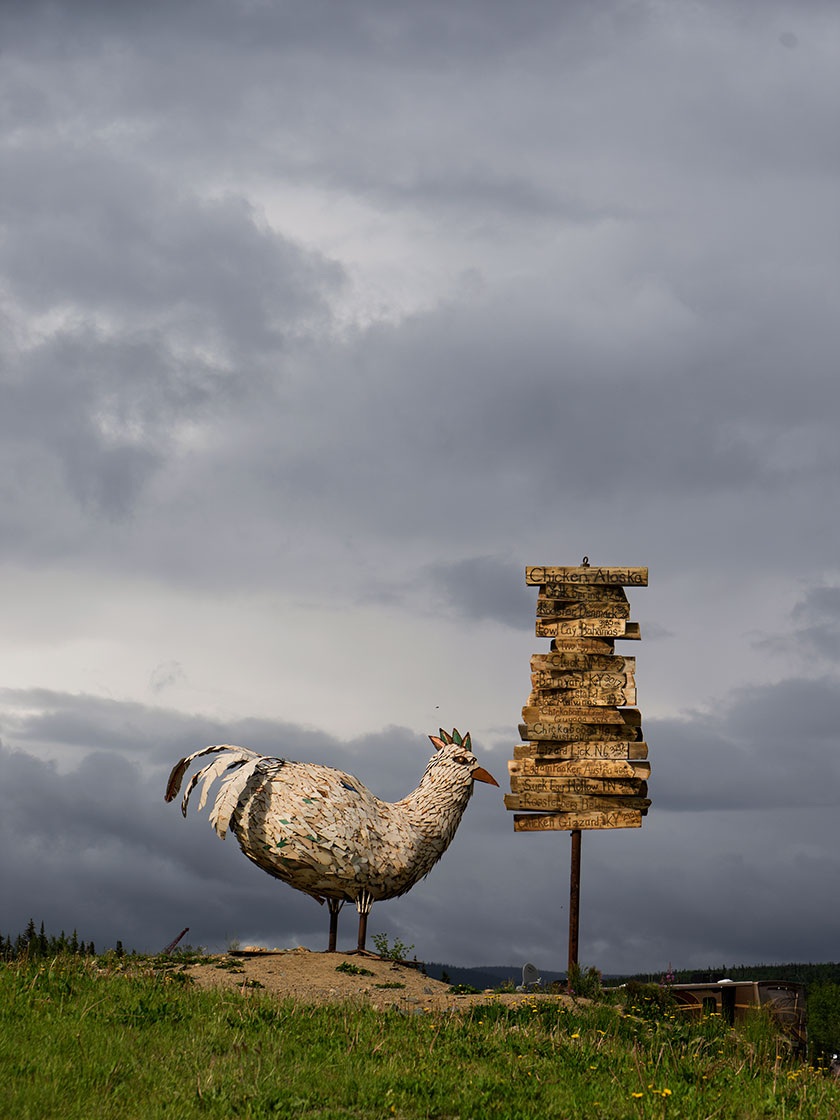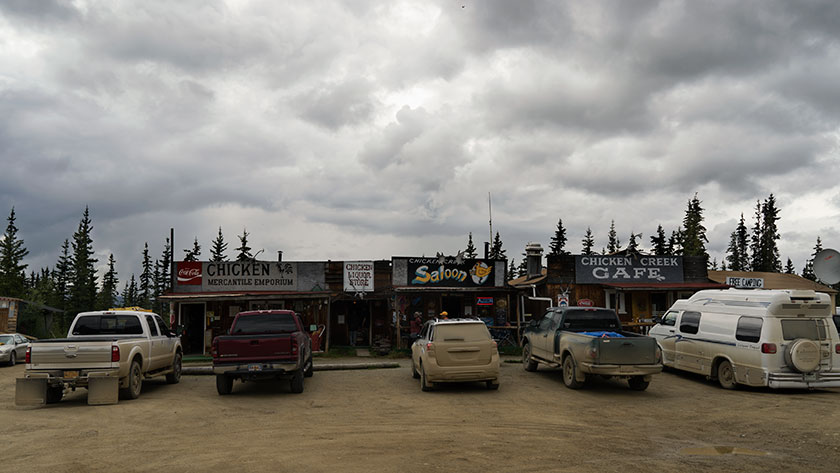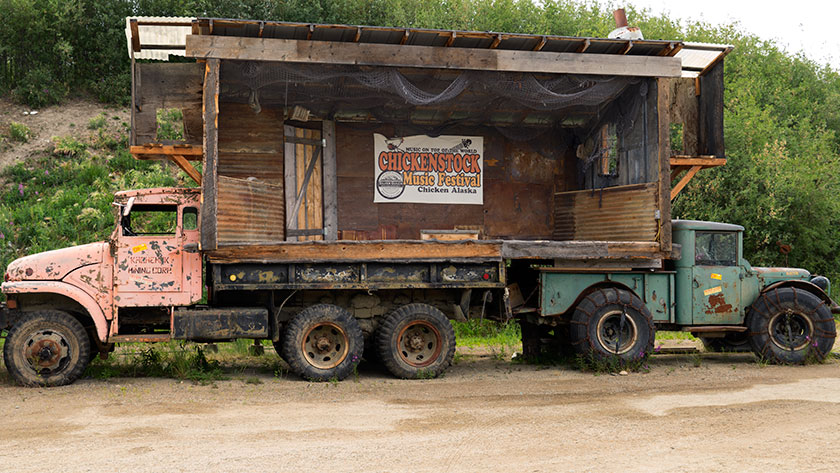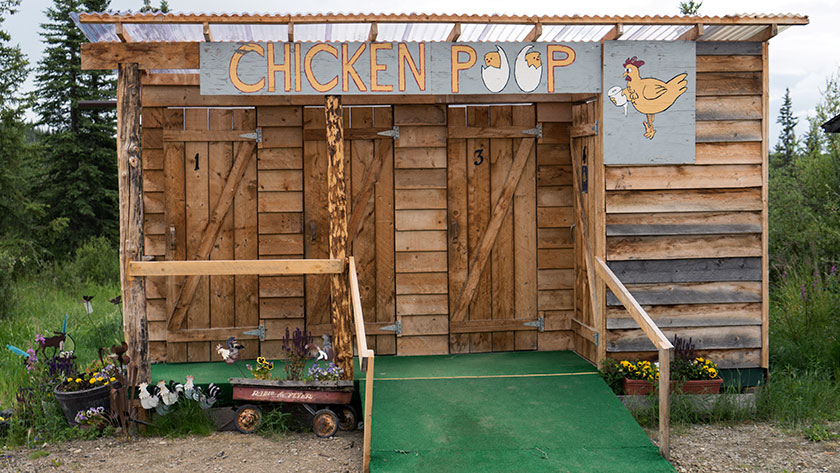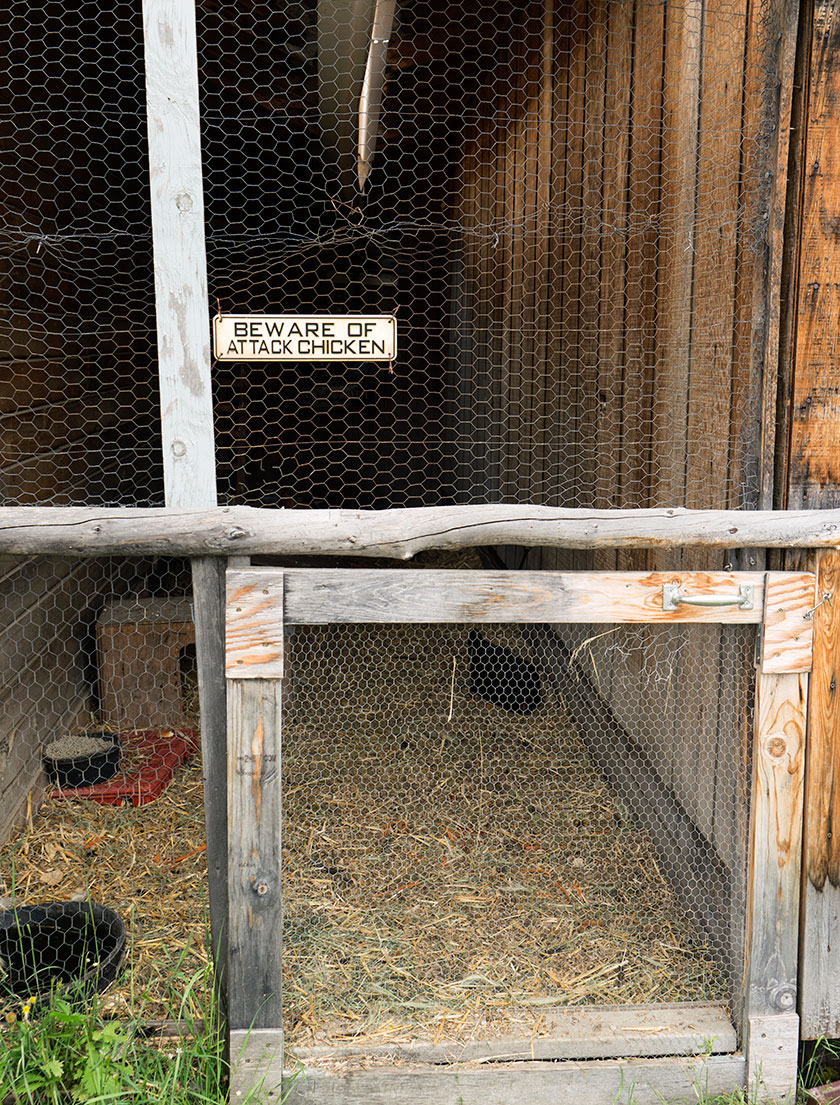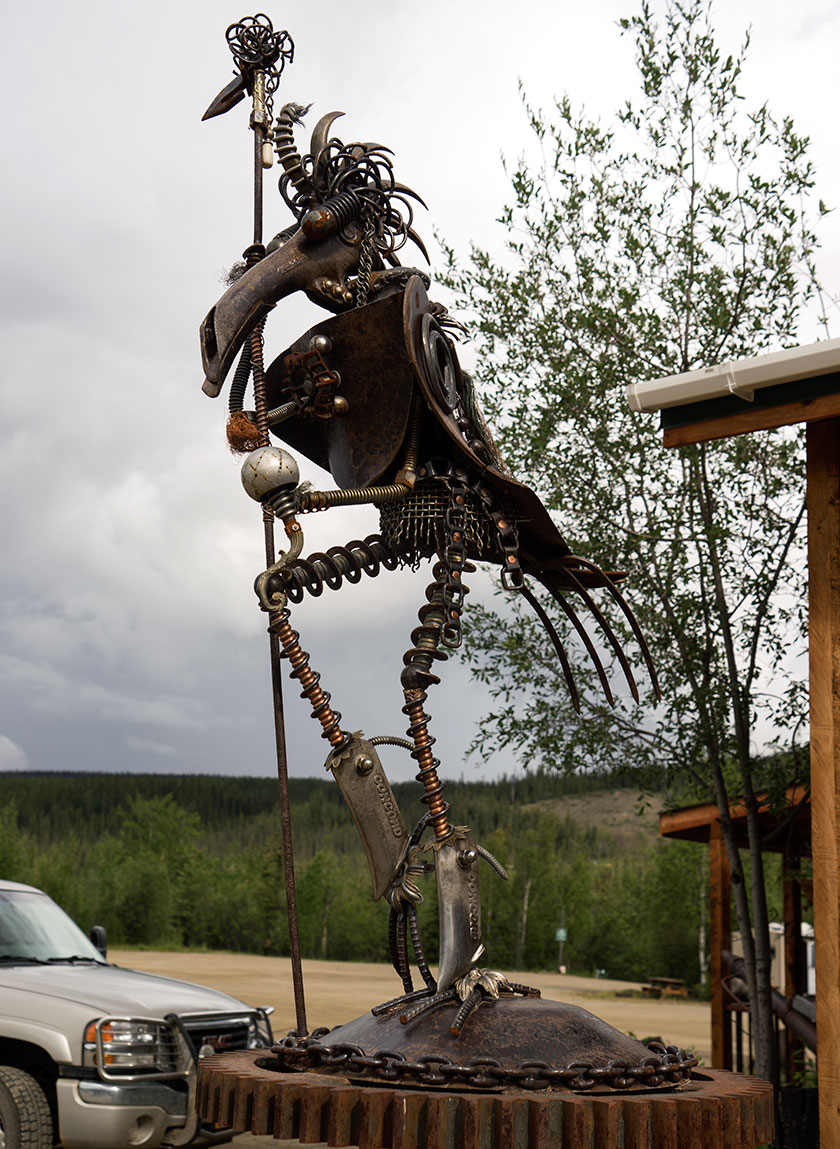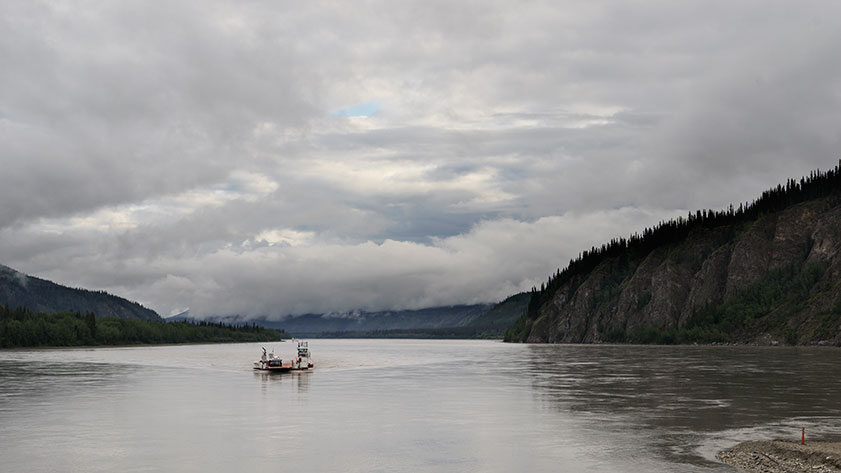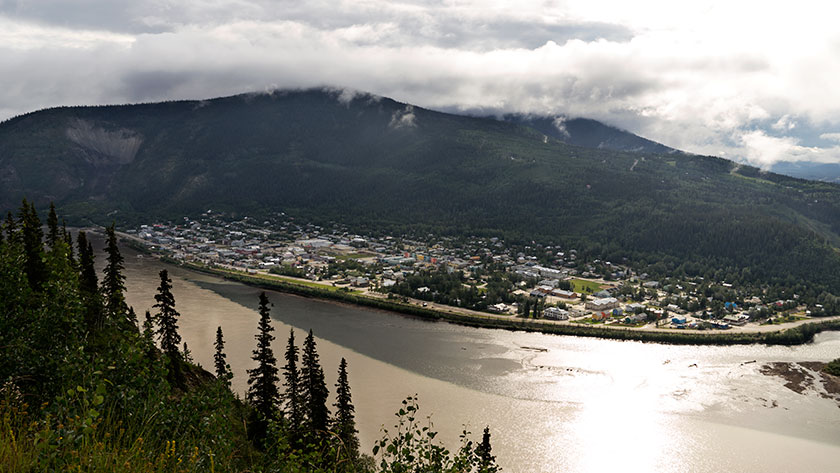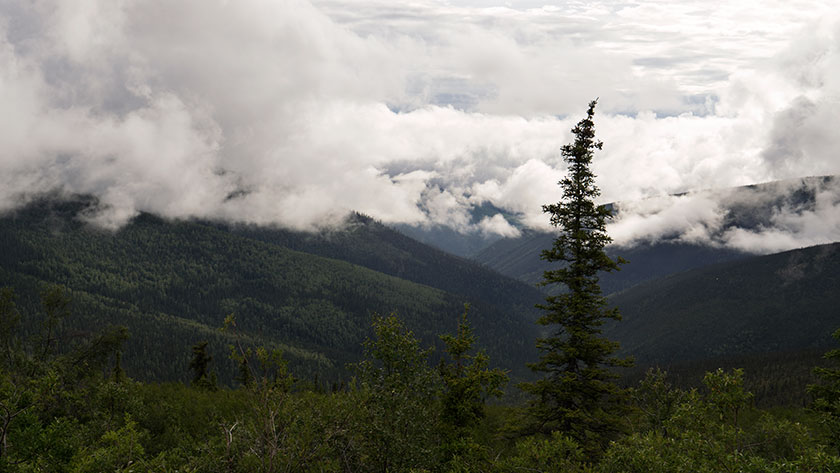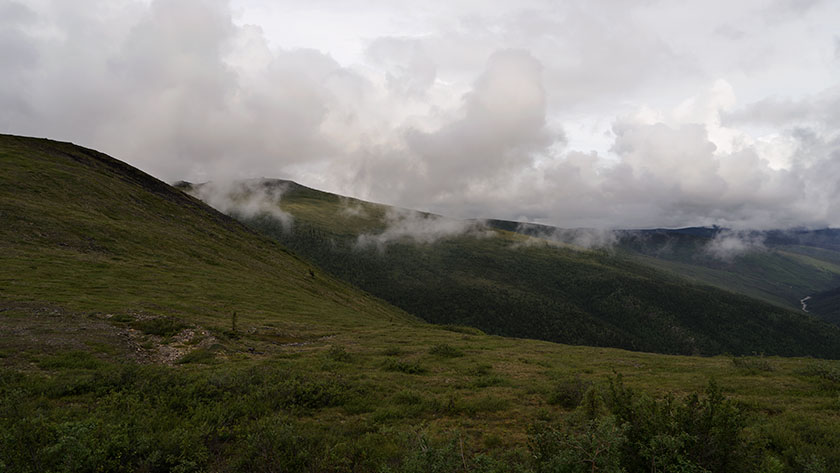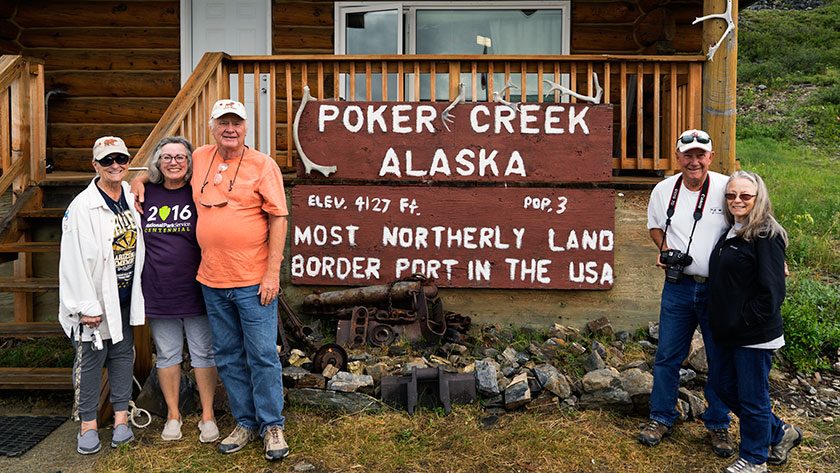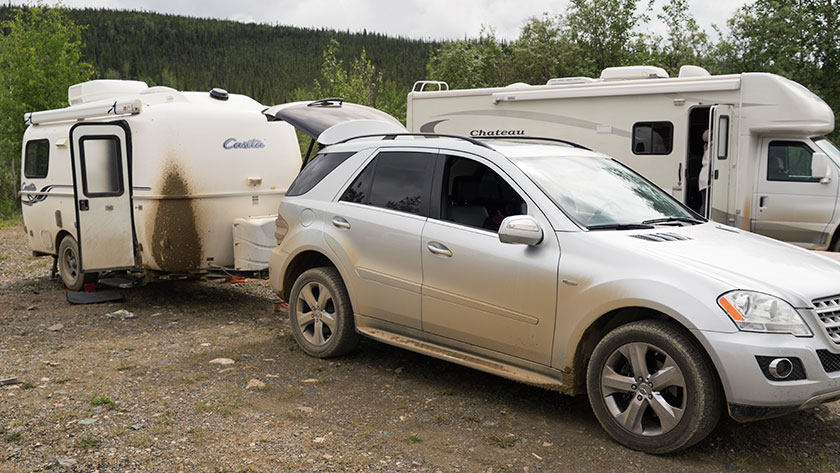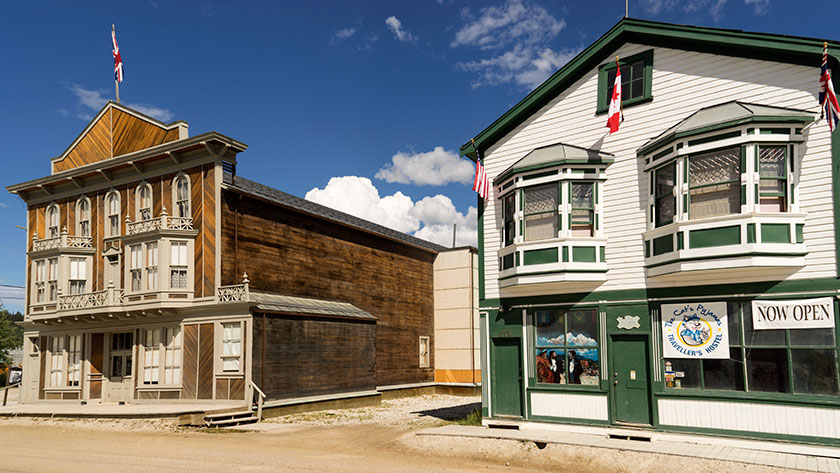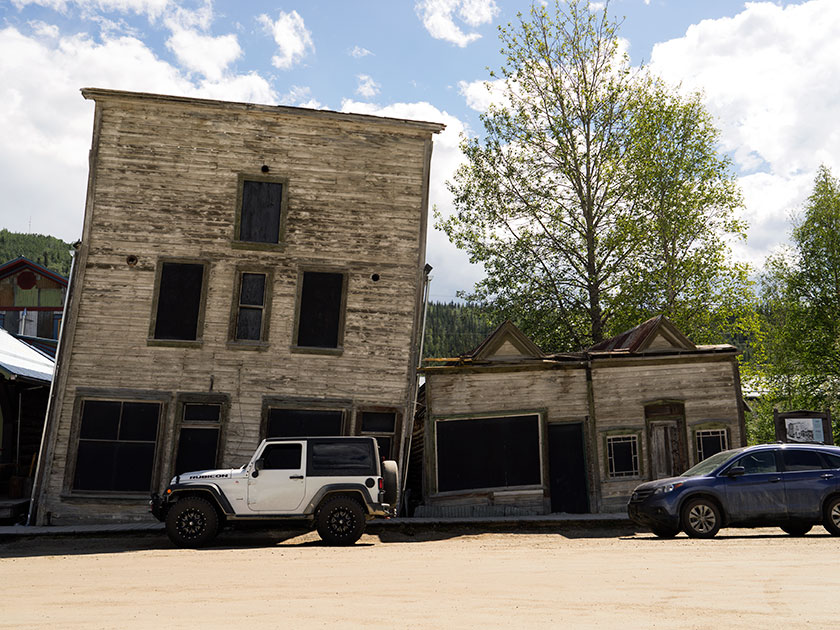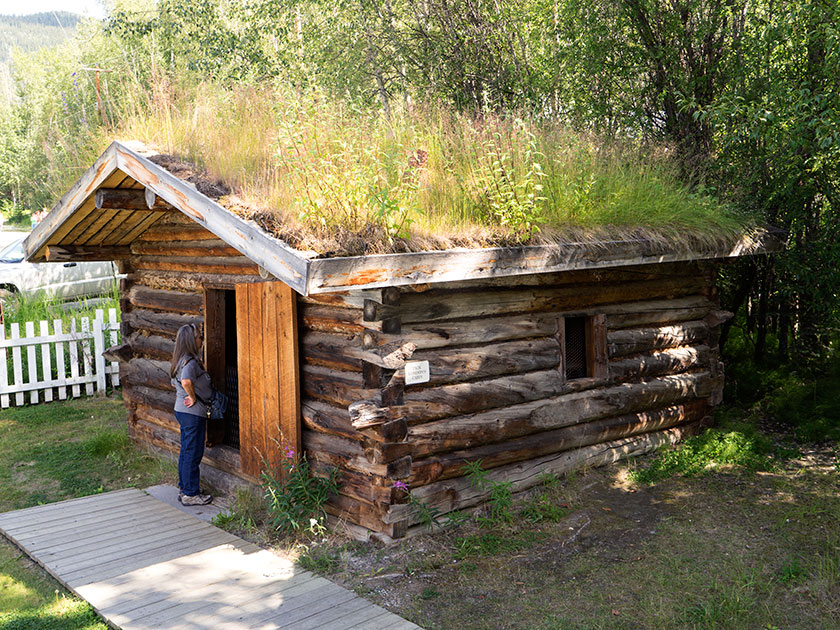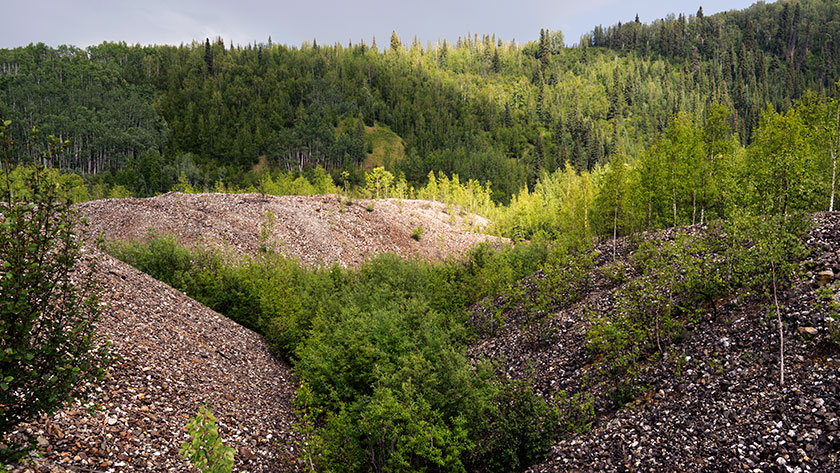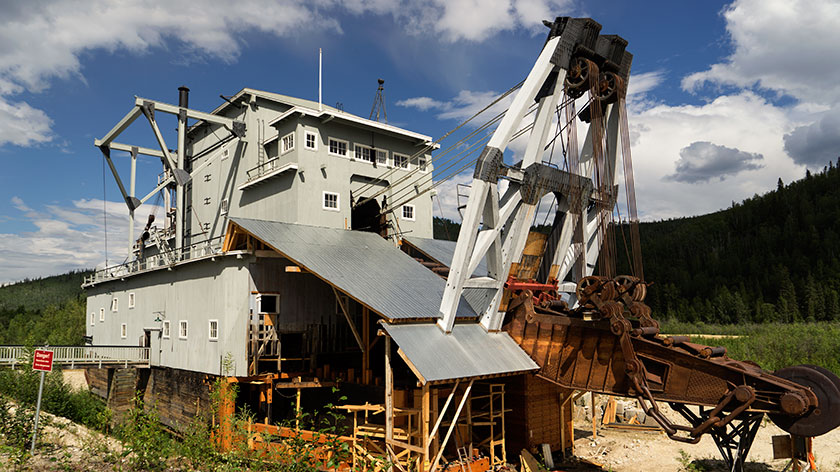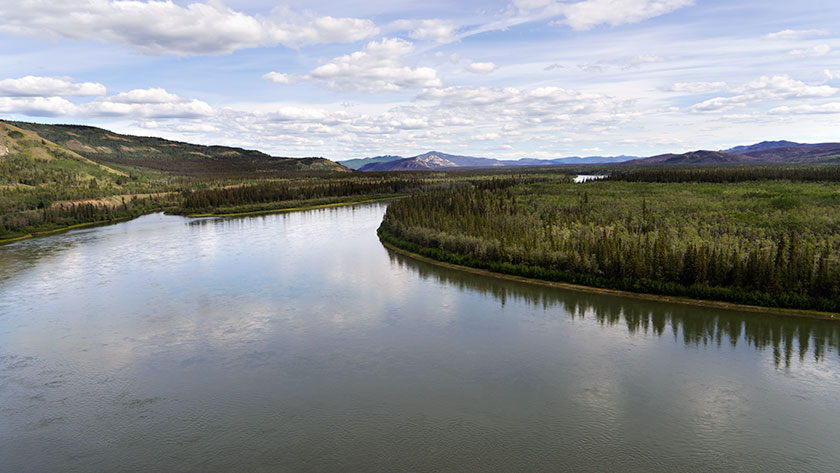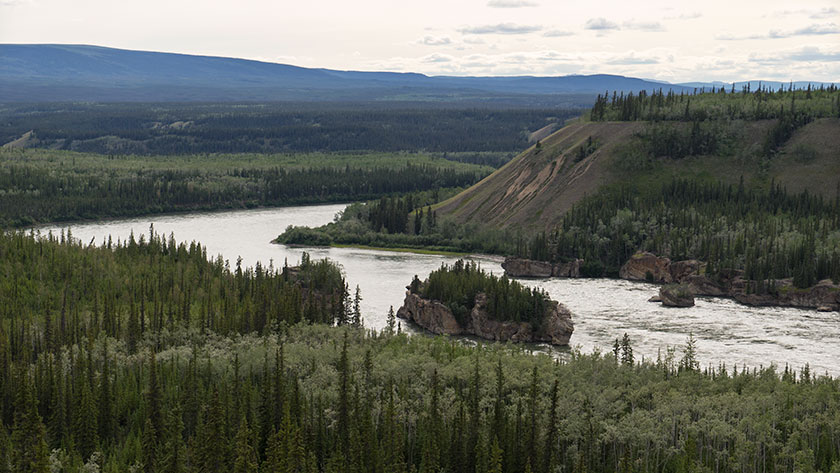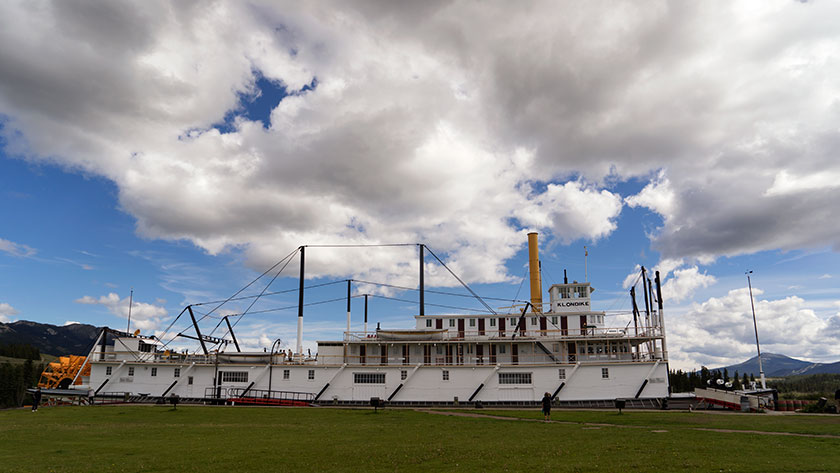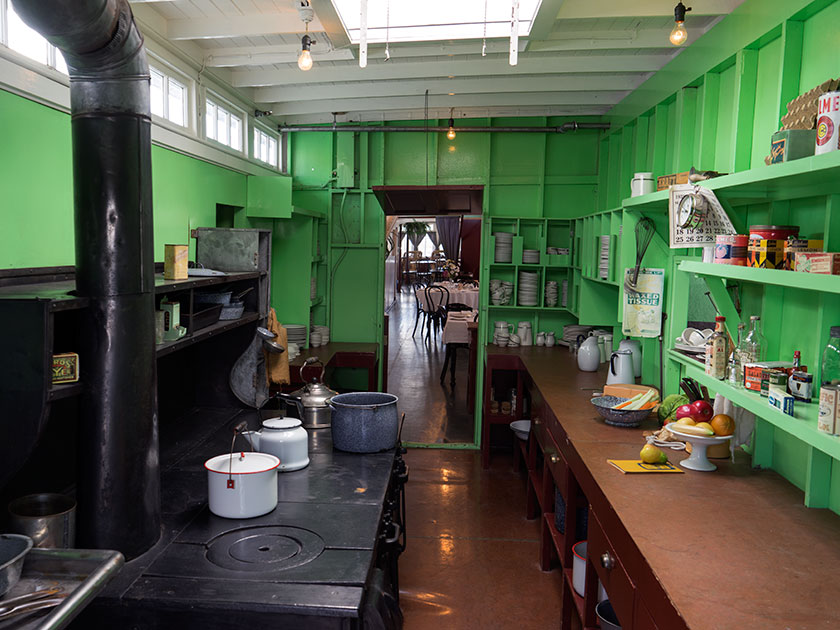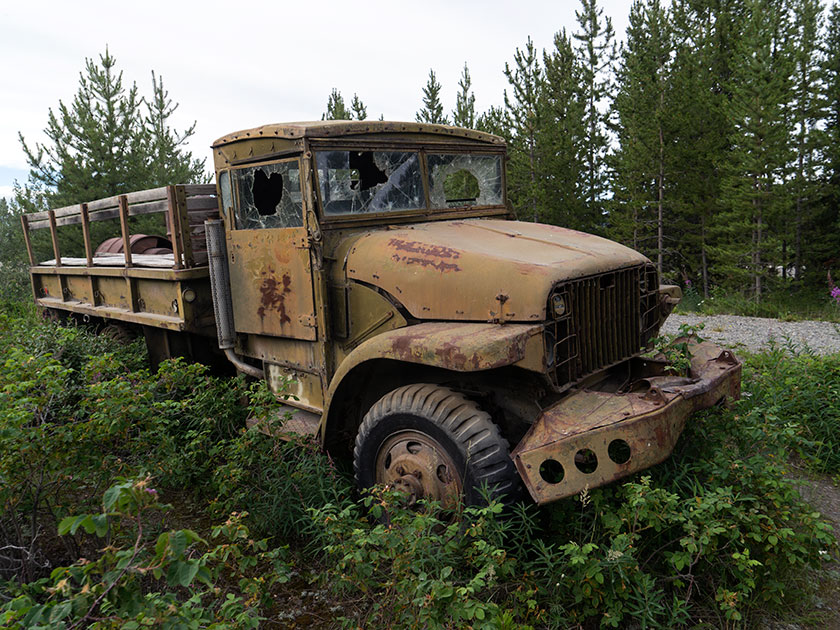It’s July 4th, and as you all know, that’s an important day because it’s Queen Anne’s birthday. As far as she’s concerned, the nation celebrates her birth with fireworks. She also believes in Santa Clause, she can’t help it.
So imagine what happened as we drove into Fairbanks yesterday, and passed by a forty-foot statue of the jolly elf glaring down at the expressway. “Santa! I want to go see Santa for my birthday.” Jeez! Kids!
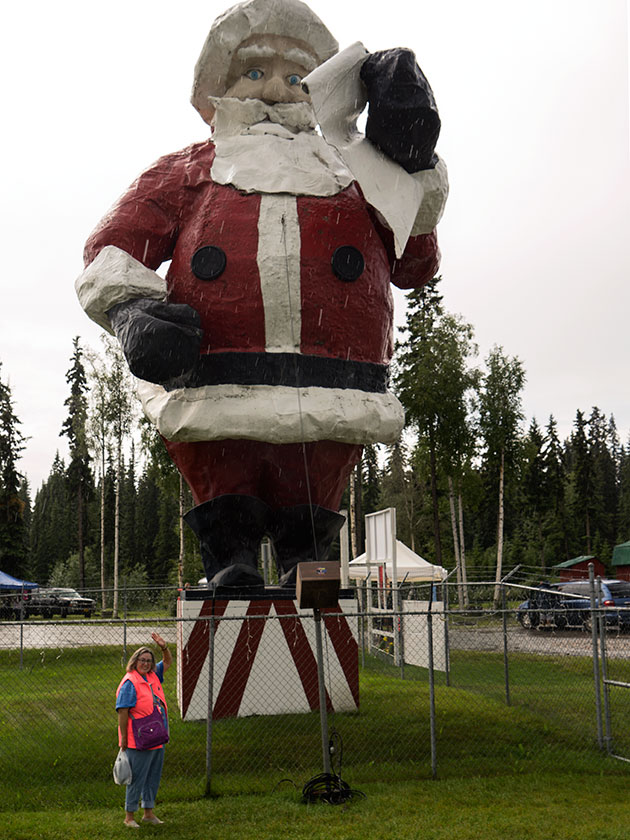
We spent the afternoon at the Santa Claus House, which sells Christmas decorations and fudge all year-long (those are two things that I believe will rot your brain if you have too much). Little kids are running around the store house, giggling and pointing at all the pretty things on display with wide excited eyes. Anne was leading them. The only problem was that Santa doesn’t work on July 4th. It’s a federal holiday, but he did have all of his minions there. So now we have to go back tomorrow.
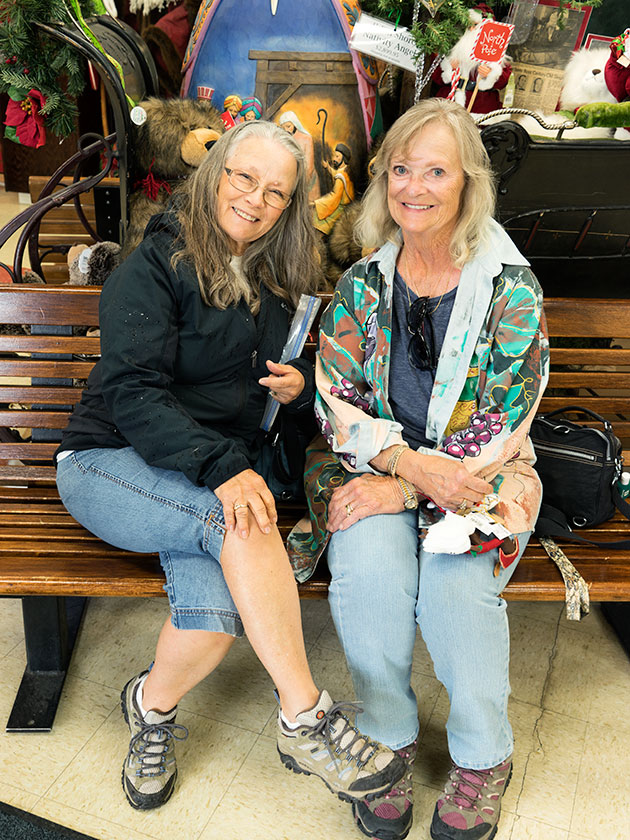
In case you’re wondering, we didn’t make a wrong turn and wind up in at the real North Pole. This is the name of the town east of Fairbanks; sort of like Tempe is to Phoenix (without the heat). We missed the street and had to drive through some of the town, where they have decorations on the candy cane light poles. Normally Anne will get out of the car and yell a people who don’t take down decorations, but she found this charming.
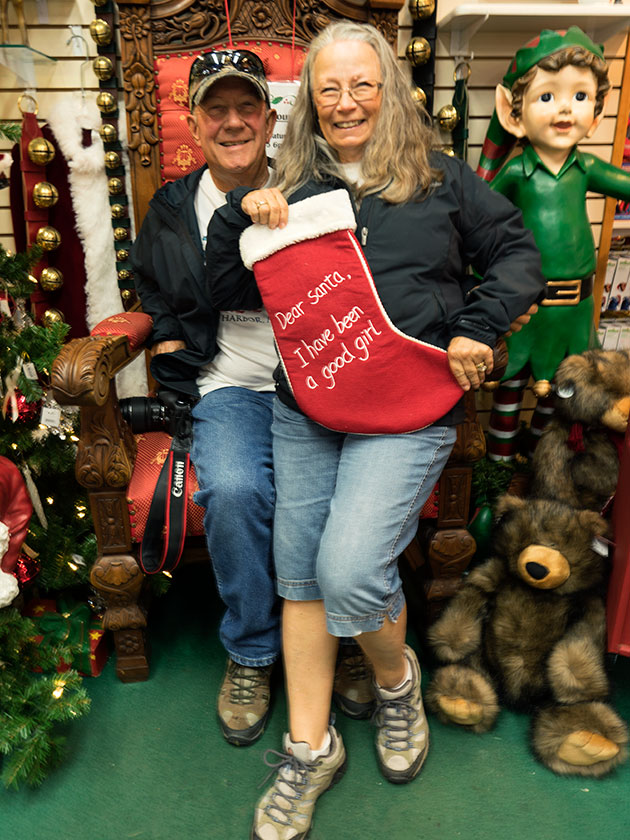
The Queen was also afraid that there wouldn’t be fireworks for her birthday in Alaska. After all it’s a foreign country. It is a possibility, because of the constant light. Fireworks don’t show up well during the day. Not to worry, Alaskans substitute light with noise. Firecrackers have gone off around us for the last two days.
We had a birthday dinner at a Triple D restaurant (Dinners, Drive-ins and Dives). We ordered family style (with one you get egg roll), and now we’ll be eating Chinese every other hour for the next two days. But there wasn’t a cake . . . or the annoying happy birthday song (far ra ra). Fortunately, Anne unwittingly solve the problem. She bought a piece of fudge.
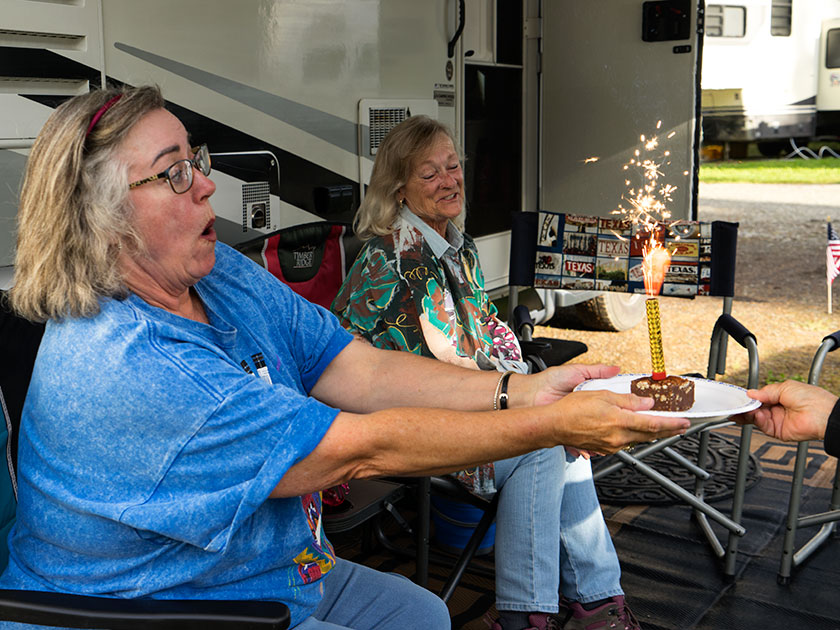
You see, in Watson Lake, Deb and Sally bought a cake sparkler candle for just this occasion. They were desperate and down to an orange as an alternative, until I remembered the piece of fudge. So we jammed the sparkler into the candy and surprised her with a serenade. Good show indeed.
jw

